The Top 10 Most Iconic Texas Brands
What makes an iconic Texas brand? It’s got to have a certain attitude. It must be one-of-a-kind. Its roots run deep in the state. It is beloved by people the world over, but it also says something about what it means to be from Texas.
Not every brand that hails from Texas can meet this bar, but there are a few brands that are so unassailably Texan that they seem to carry the Lone Star spirit in their DNA. These 10 brands could only have come from Texas.
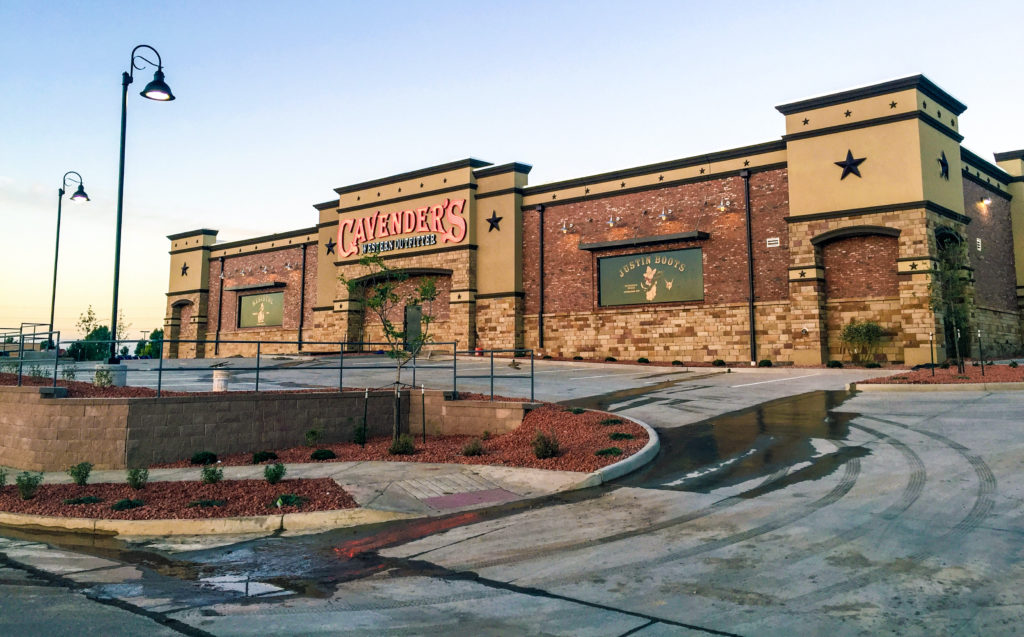
10. Cavender’s
There is probably no article of clothing as important to Texans as their boots, and often, those boots come from Cavender’s. Cavender’s got its start as a small burger joint in the tiny town of Pittsburg. In 1965, founder James R. Cavender expanded into the retail business, selling three styles of Tony Lama boots. Within a few years, Cavender expanded his operation, opening the first Cavender’s Boot City in Tyler. Over the last four decades, the company has spread throughout the state, becoming one of Texas’ most trusted names in Western wear.
9. Texas Instruments
The technology company founded as Geophysical Service Inc. grew during World War II as it developed military electronics for the war effort. In the 1950s, it changed its name to Texas Instruments and began pioneering research into transistor technologies, eventually developing the silicon-based integrated circuit, the precursor to the silicon computer chip. You can thank Texas every time you power up your computer.
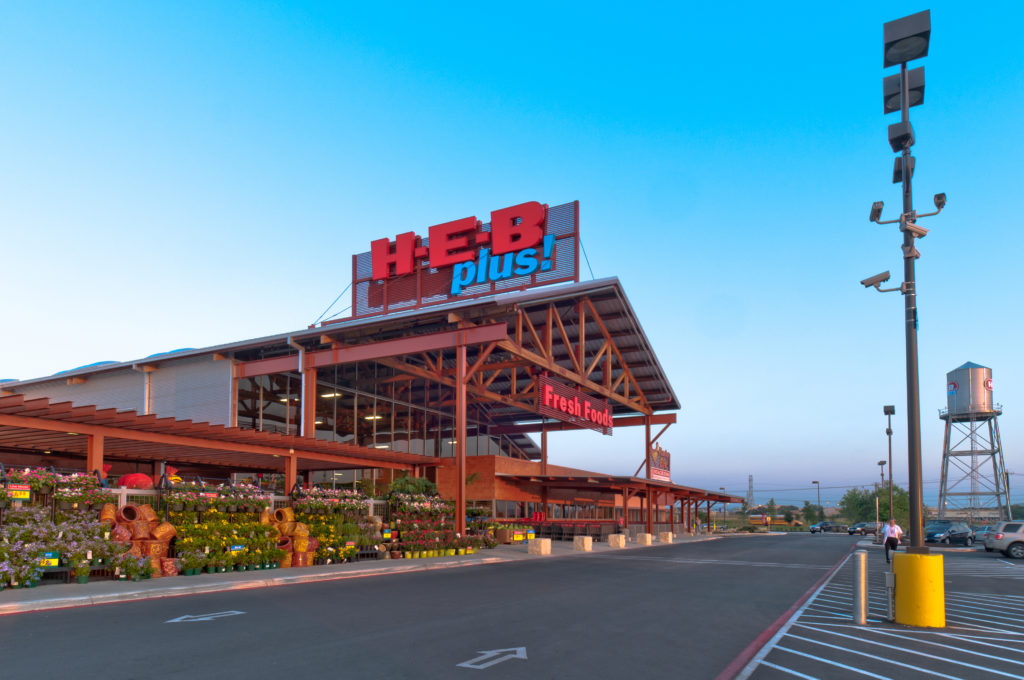
8. HEB
When Texans make the mistake of moving out of state, what they often miss the most is shopping at HEB, the country’s best supermarket. Founded in 1905 in Kerrville, HEB expanded throughout Central Texas during the 1910s and 1920s. It survived the Great Depression by focusing on providing quality products at a reasonable price, and that model helped fuel its enduring success — and customers’ undying loyalty. HEB shoppers know there is no supermarket around that offers the same quality, selection, and prices. Plus, we can’t forget about HEB’s line of Whataburger products and Texas-shaped tortilla chips.
7. Wolf Brand Chili
Wolf Brand got its start when Lyman T. Davis began selling his homemade chili recipe out of the back of a wagon in downtown Corsicana. Davis began canning the stuff in the 1920s, and he marketed his product with gusto. In the 1950s, the Model-T Ford trucks that distributed the chili sometimes had a live wolf in the back — a marketing stunt conceived by the pair who bought Wolf Brand from Davis, who had owned a pet wolf and used it as a mascot of sorts. In the 1970s, Wolf Brand helped lobby the Texas legislature to demand that chili be designated the official state food of Texas. What makes Wolf Brand chili so distinctively Texas — besides the delicious stuff inside the can — was the ingenious and uninhibited marketing that went into building the brand.
6. Neiman Marcus
Dallas wasn’t much more than a dusty, though bustling, frontier town when Herbert Marcus, his sister Carrie Neiman, and her husband Al Neiman opened a retail store stocked with the finest clothing available in 1907. Competitors thought they were foolish, but local shoppers — flush with new oil money — gobbled up the stock and helped Neiman Marcus become the U.S.’s premiere luxury retailer.
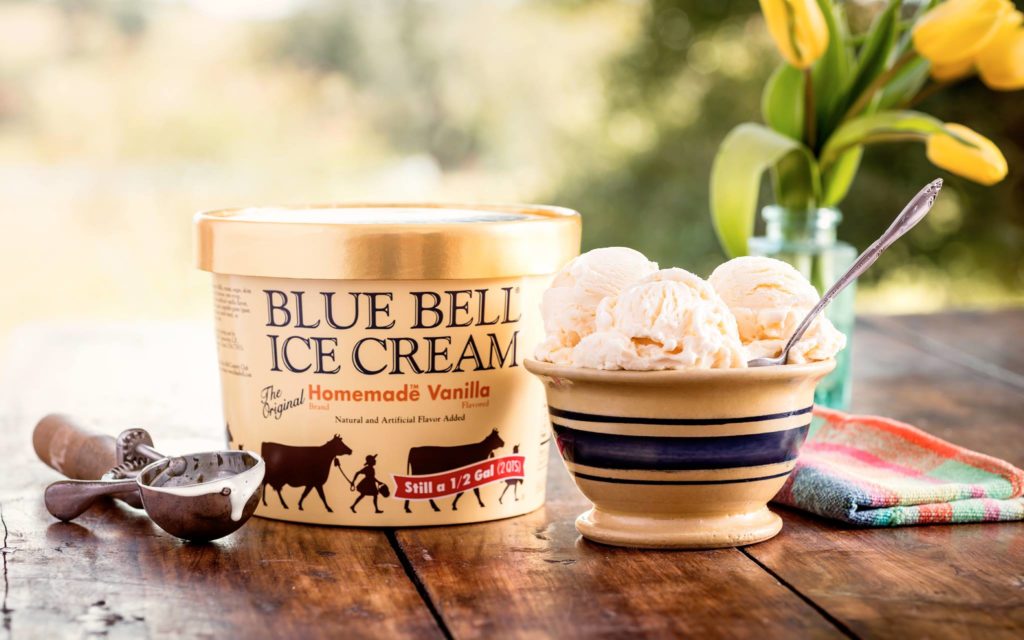
5. Blue Bell
When the dairy farmers cooperative in Brenham repurposed an abandoned cotton gin as a creamery in 1907, they were simply looking for a way to generate some butter with their excess cream production. But when the operation failed to generate significant income, general manager E.F. Kruse decided to try his hand at ice cream. Blue Bell Ice Cream was born, and it was an immediate hit. Generations of Texans have since spent their summers cooling off with scoops of Blue Bell.
4. Southwest Airlines
Herb Kelleher thought he could take on the big, established airlines by breaking all the rules around air travel and making flying more fun. In 1967, Southwest began flying short-haul routes from Dallas to Houston and San Antonio, distinguishing itself with low prices, cheeky marketing, and no shortage of Texas swagger. Today, Southwest is the premiere low-cost airline brand, operating 4,000 daily departures.
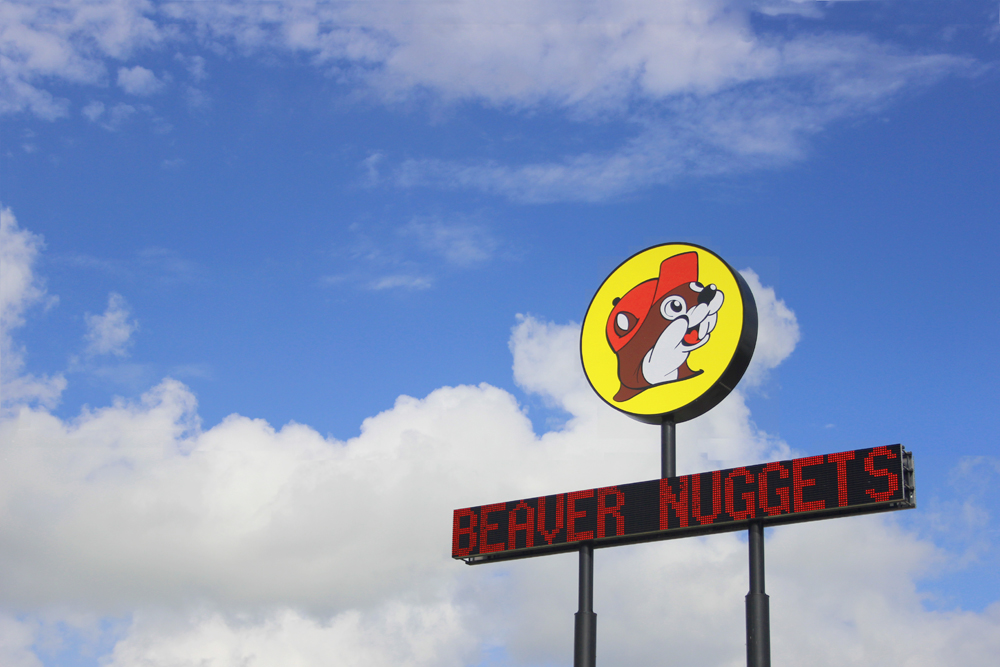
3. Buc-ee’s
The secret to Buc-ee’s success is simple: size. Buc-ee’s takes the state’s gargantuan appetite to the next level, operating a string of massive rest stops, including the largest convenience store in the world. By turning the road trip fuel-up stop into a shopping adventure, Buc-ee’s has become more than a roadside convenience store — it is a Texas obsession.
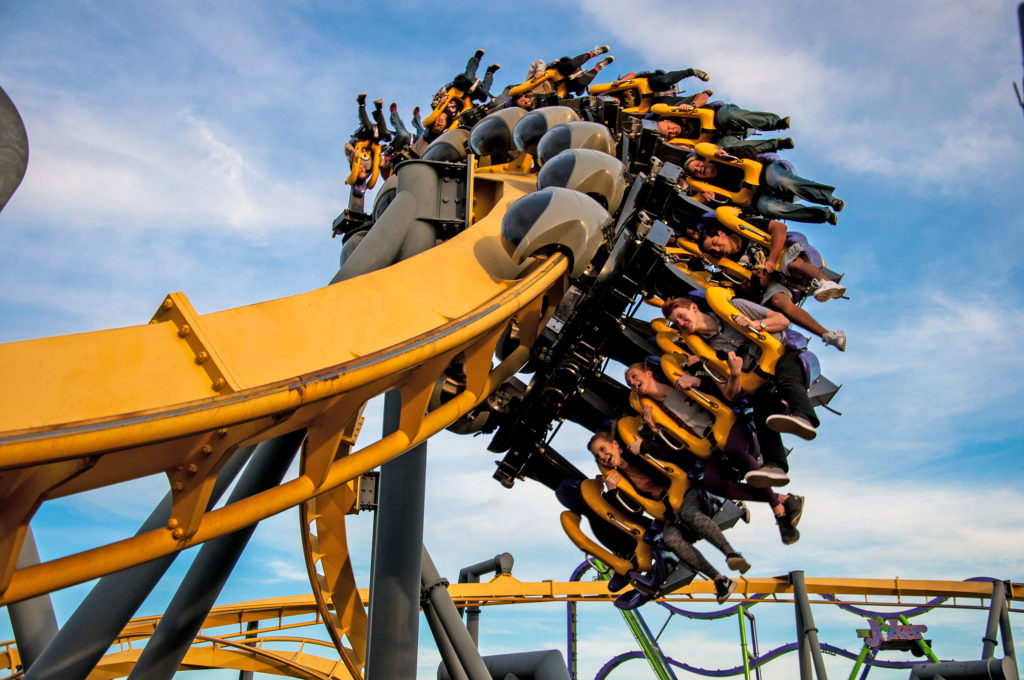
2. Six Flags
When founder Angus Wynne visited Disneyland in the 1950s, he believed Texas possessed enough of a brand identity to support its own take on the fairytale amusement park. The original Six Flags featured amusements that riffed on Texas’ frontier history, from a stagecoach ride to Wild West shows. Since then, Six Flags — named after the six nations who have ruled Texas throughout its history — has grown into one of the largest regional operators of amusement parks in the world.
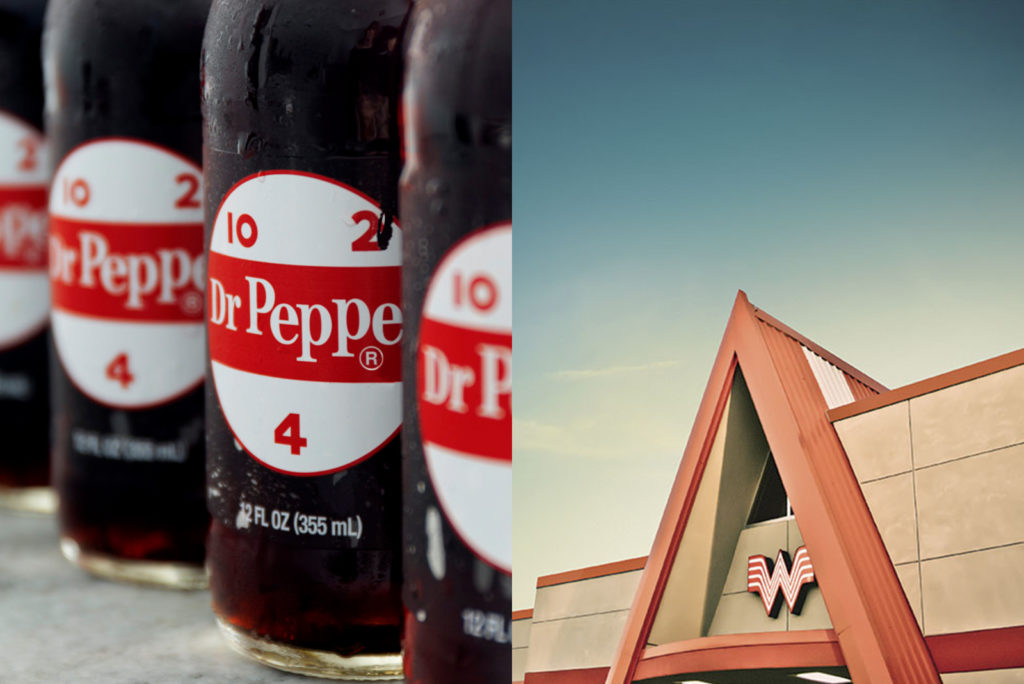
1. Dr Pepper and Whataburger
We’re calling it a tie for first place. After all, how can you choose which of these two quintessential Texas creations means more to Texans? When Charles Alderton, a pharmacist in Waco, concocted the recipe for Dr Pepper in the 1880s, he created an iconic flavor that would inspire passionate Texas fans to declare themselves “Peppers.” And when the first Whataburger opened in the 1950s, a fast food chain was born that would offer quality that surpassed all others. And so the most iconic Texas experience was born: a delicious meal at Whataburger washed down with a cold Dr Pepper.
Find more Texas history at these dance halls and on the frontier.
© 2020 Texas Farm Bureau Insurance



